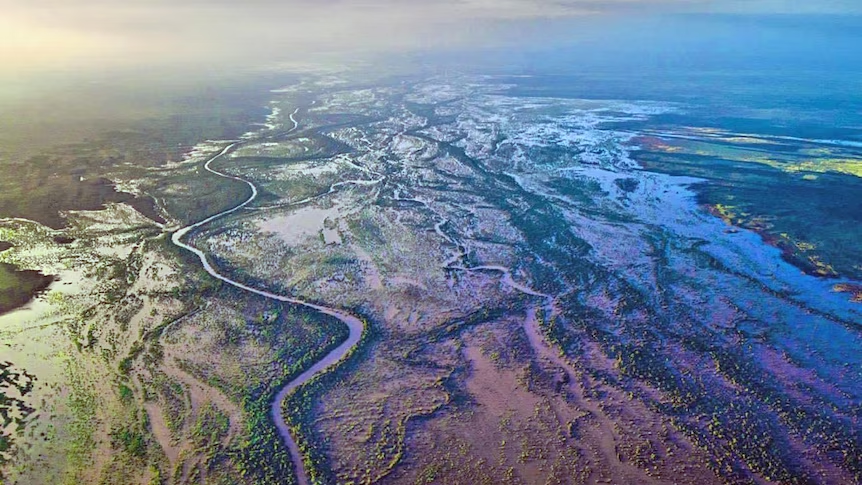In Short : A recent report indicates that the Arctic experienced its warmest summer on record, providing evidence of accelerated climate change. This observation underscores the impact of global warming on sensitive regions, with potential consequences for ecosystems and sea ice in the Arctic.
In Detail : A new report states that human-caused warming of the air, ocean, and land is affecting people, ecosystems, and communities across the Arctic region, which is heating up faster than any other part of the world.
Clark University polar scientist Karen Frey, a professor in Clark’s Graduate School of Geography, is a lead author of the Arctic Report Card, released this week by the National Oceanographic and Atmospheric Administration (NOAA) at the American Geophysical Union in San Francisco. The report details how more frequent extreme weather and climate events are transforming the Arctic and cites opportunities to form diverse partnerships to tackle challenges.
Frey is lead author of “Arctic Ocean Primary Productivity: The response of marine algae to climate warming and sea ice decline,” a chapter she’s led each time it has been included in the Arctic Report Card, dating back to 2011.
According to the report, summer surface air temperatures during 2023 were the warmest ever observed in the Arctic, while the highest point on Greenland’s ice sheet experienced melting for only the fifth time in the 34 years it has been tracked. Overall, it was the Arctic’s sixth warmest year on record. Sea ice extent continued to decline, with the last 17 Septembers now registering as the lowest on record.
Key findings from Frey’s chapter include:
Satellite estimates of ocean primary productivity (i.e., the rate at which marine algae transform dissolved inorganic carbon into organic material) show higher values for 2023 (relative to the 2003–22 mean) for five of nine regions assessed across the Arctic.
Nearly all Arctic regions continue to show increased ocean phytoplankton blooms, with the largest percent changes in the Eurasian Arctic and Barents Sea.
“Warming seawaters and sea ice decline, in response to anthropogenic climate warming, have caused significant increases in marine algae growth across the Arctic Ocean,” Frey says. “These changes in algae growth have impacts on marine ecosystems at all levels of the food web.”
Frey and her fellow researchers have reported that the algae growth is most pronounced during the late summer and early fall; they have been able to monitor these changes in ocean color over the past 18 years by using satellite imagery.
Professor Frey has spent more than 25 years studying sea ice, often during the summer months aboard the Canadian vessel Sir Wilfrid Laurier with both graduate and undergraduate students. During these expeditions, the researchers conduct scientific studies of seawater and seafloor samples recovered from numerous stations in the Bering and Chukchi seas.
The annual Arctic Report Card, now in its 18th year, is the work of 82 authors from 13 countries. It includes a section titled Vital Signs that updates eight measures of physical and biological changes, four chapters on emerging issues, and a special report on the 2023 summer of extreme wildfires. The Report Card is available online, as is a short video summary of highlights.
“The overriding message from this year’s report card is that the time for action is now,” said Rick Spinrad, NOAA administrator.

